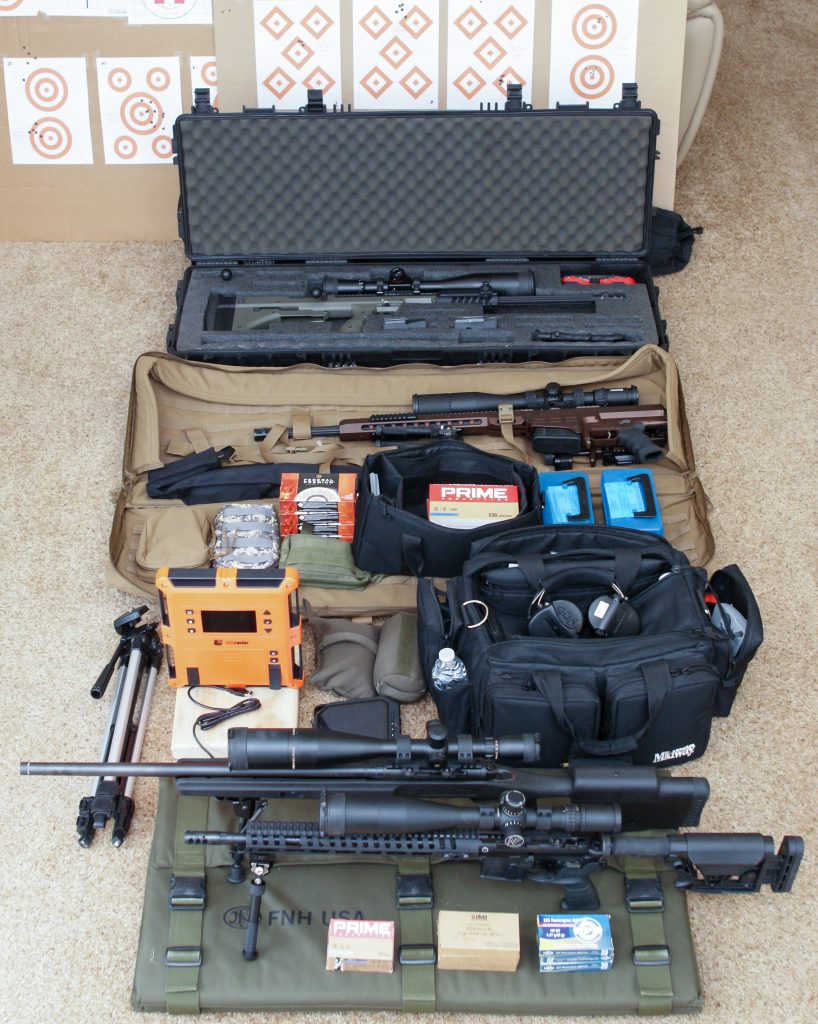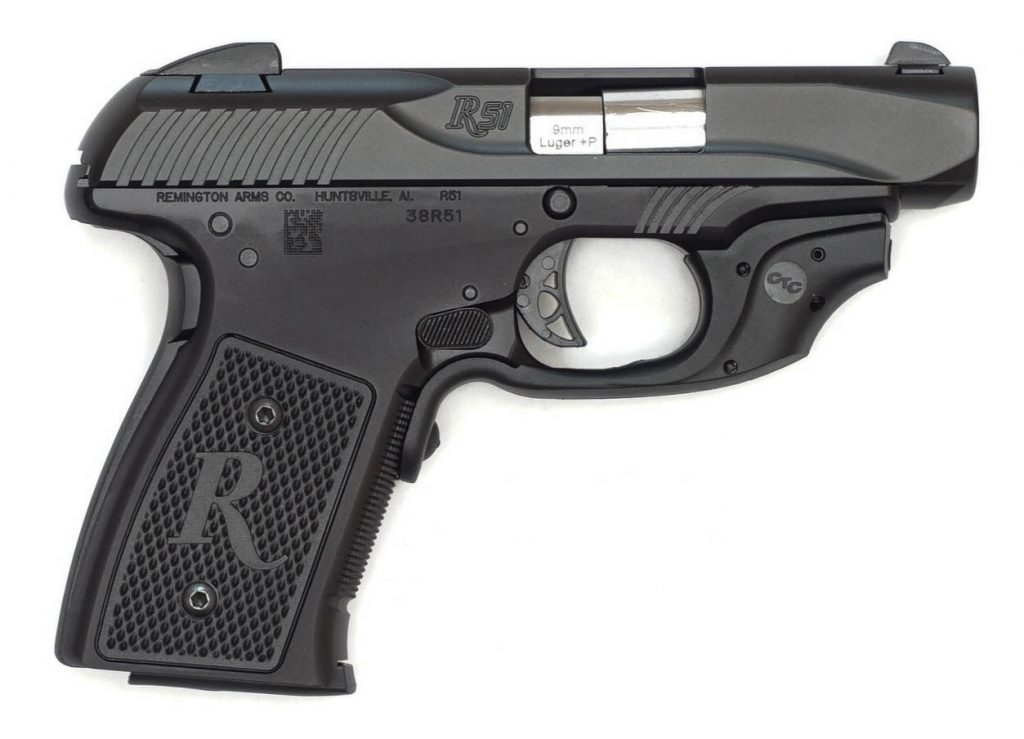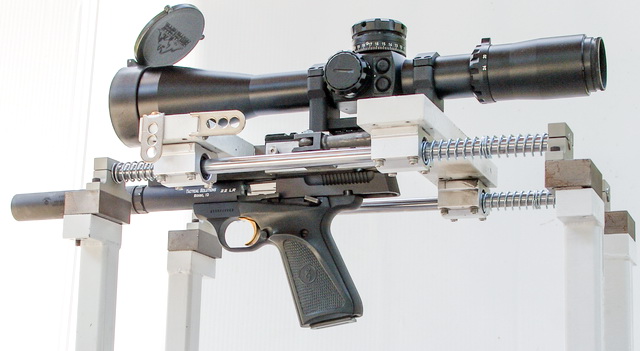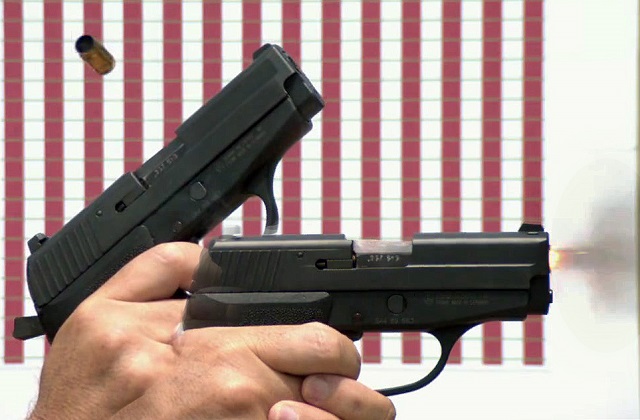Here’s a .22LR bullet that went through my paper target at 50 yards and then somehow ricocheted back to hit me on the forehead. (It then bounced onto the bench in front of me, leaving me scratched and bewildered, but nothing more serious.)
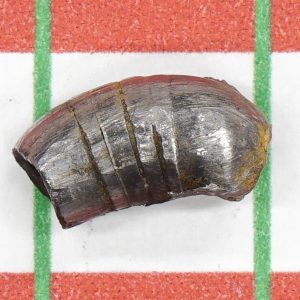
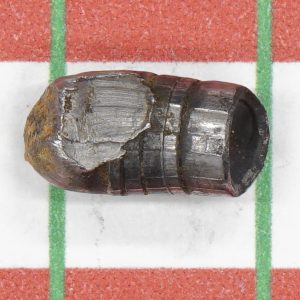
I’m well aware that bullets can do surprising things, and I’ve even researched some of them in depth. I’ve seen videos of people supposedly getting hit by ricochets of their own bullets fired into conventional backstops, but this is the first time I can offer a first-hand account of such an event.
I was doing more precision testing with a rifle in my machine rest, which meant that I was firing tight five-round groups very quickly. The last shot in one group made an unusual impact sound in the earthen berm behind the target, and as I lifted my head from the scope I heard a snap in the trees to my left and then something like a small pebble hit me in the forehead hard.
I was alone on a private range, and as I rubbed my head feeling for blood or a welt (and finding neither), I saw this slug on the bench in front of my machine rest. It was too hot to hold, so I set it aside while I finished shooting my test plan. After photographing it back in my shop I weighed it at 40.7gr, so if it shed any lead during its trip it appears to have made up for it by catching dirt in its crevices.
Does this story come with a lesson? Well, for one thing, wear eye protection! If this had hit me in an eye it would have produced a serious ocular injury. Another: Unlikely things can happen! I would still say it’s extremely unlikely for an unjacketed, subsonic bullet fired into an earthen berm to ricochet a full 180 degrees and cover another 50+ yards. (And, in that rare event, the bullet would not have enough energy to cause serious injury, unless it hit someone in the eye.) But however unlikely something may seem, just realize there’s probably somebody who’s going to have an astonished look on his face when it eventually does happen. Do what you reasonably can to make that the worst consequence!
